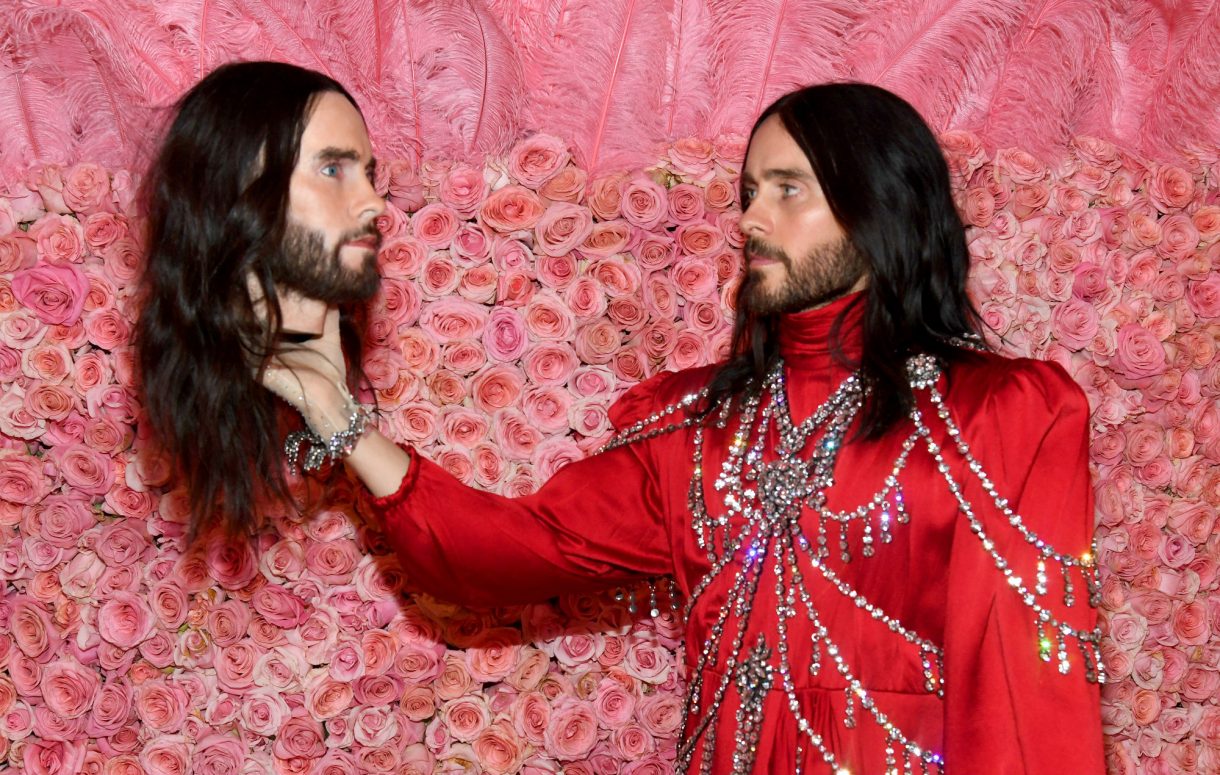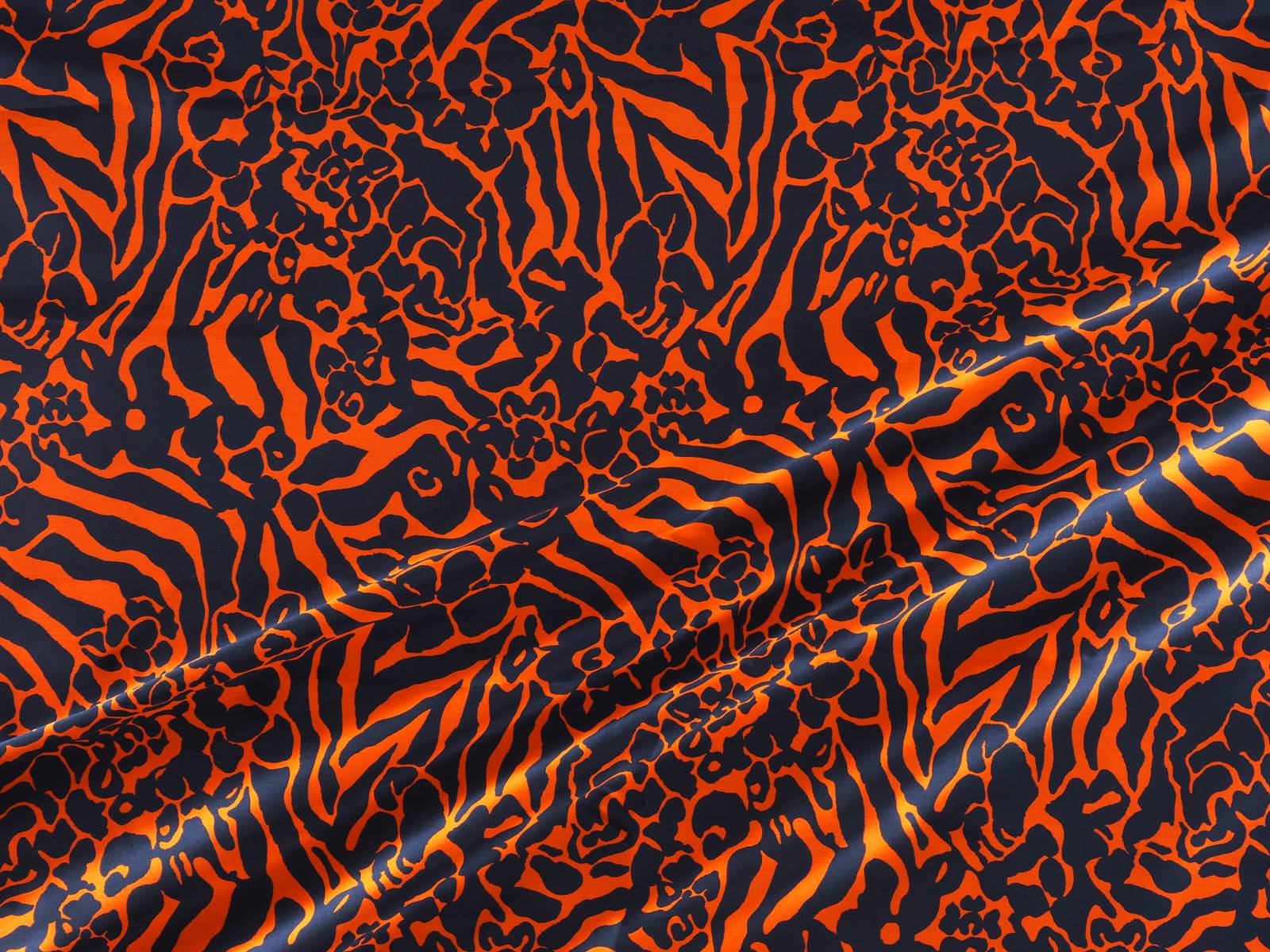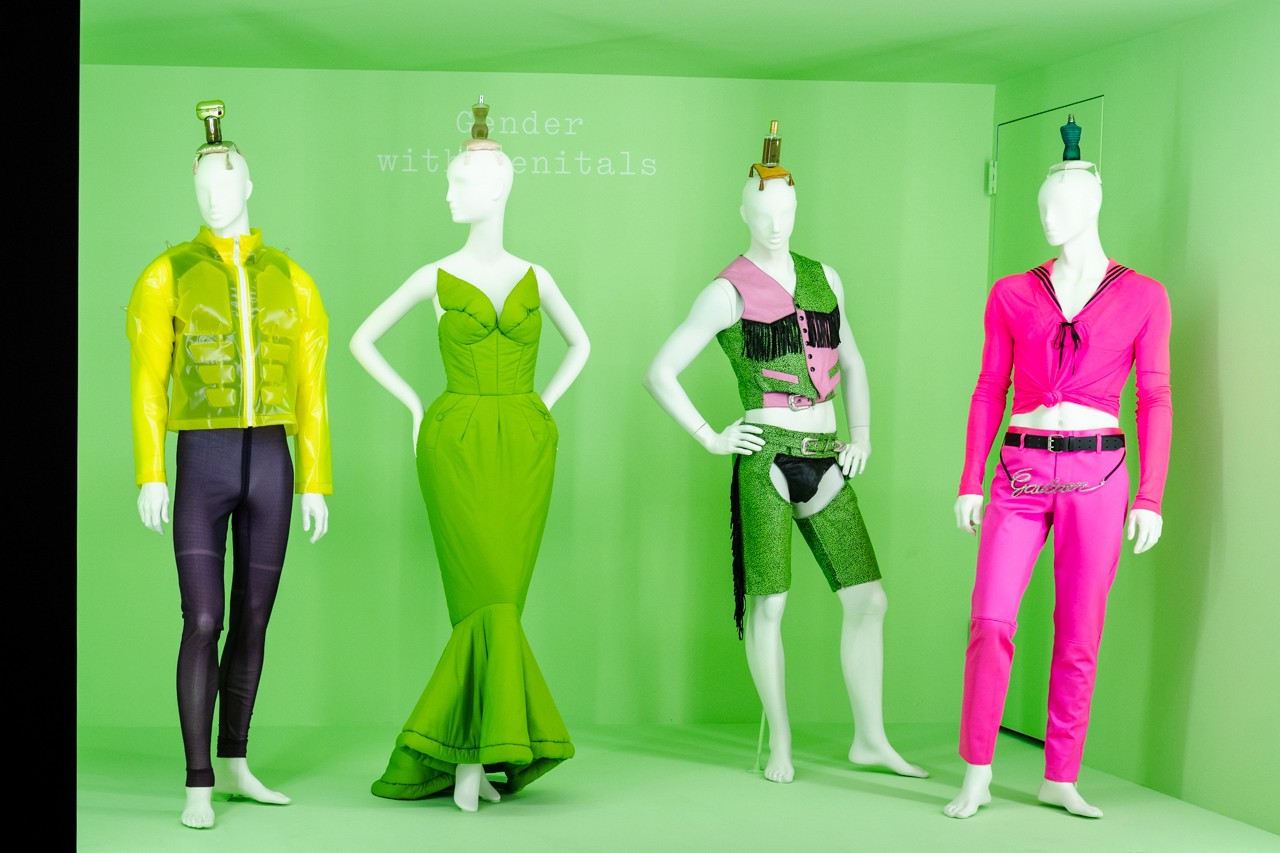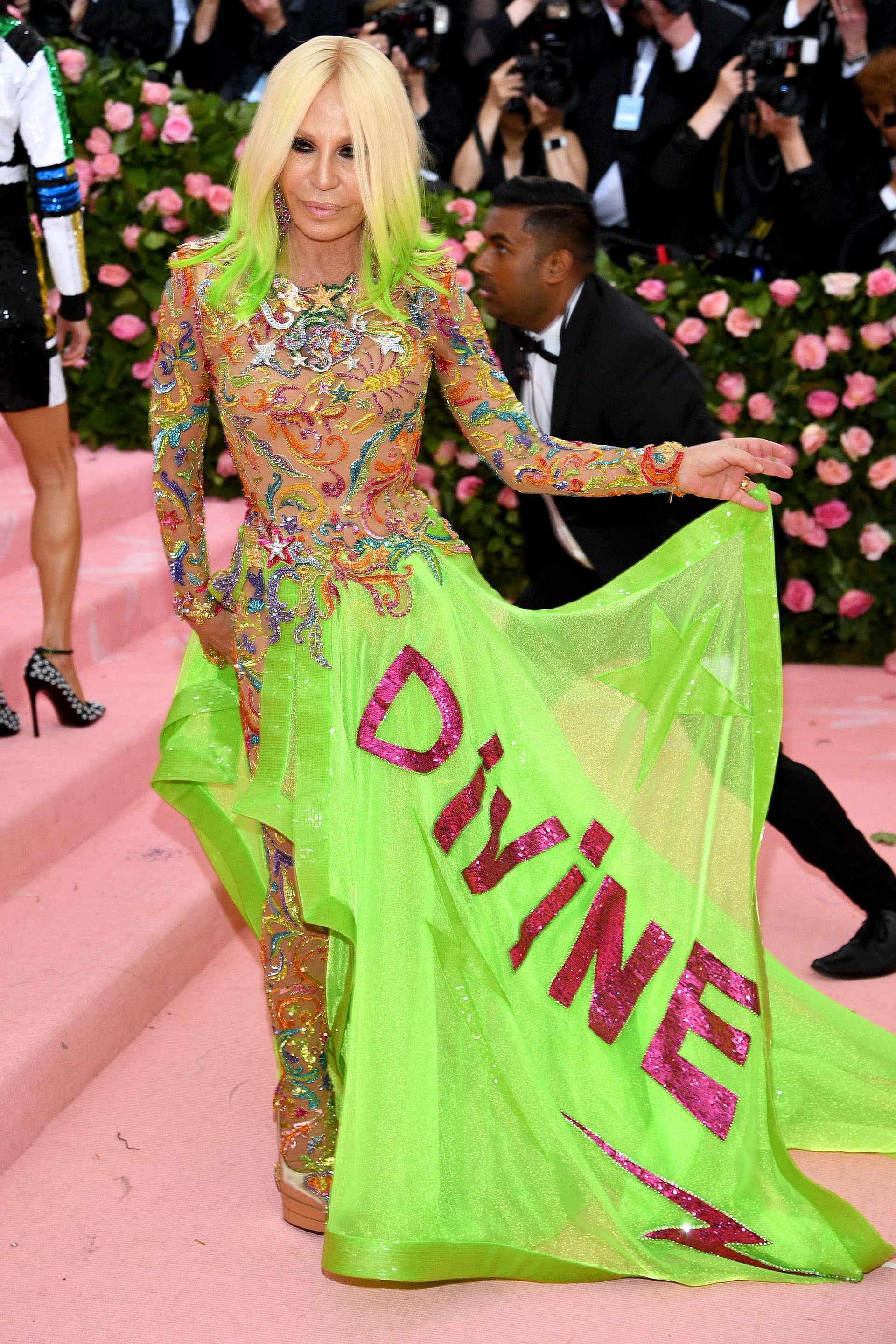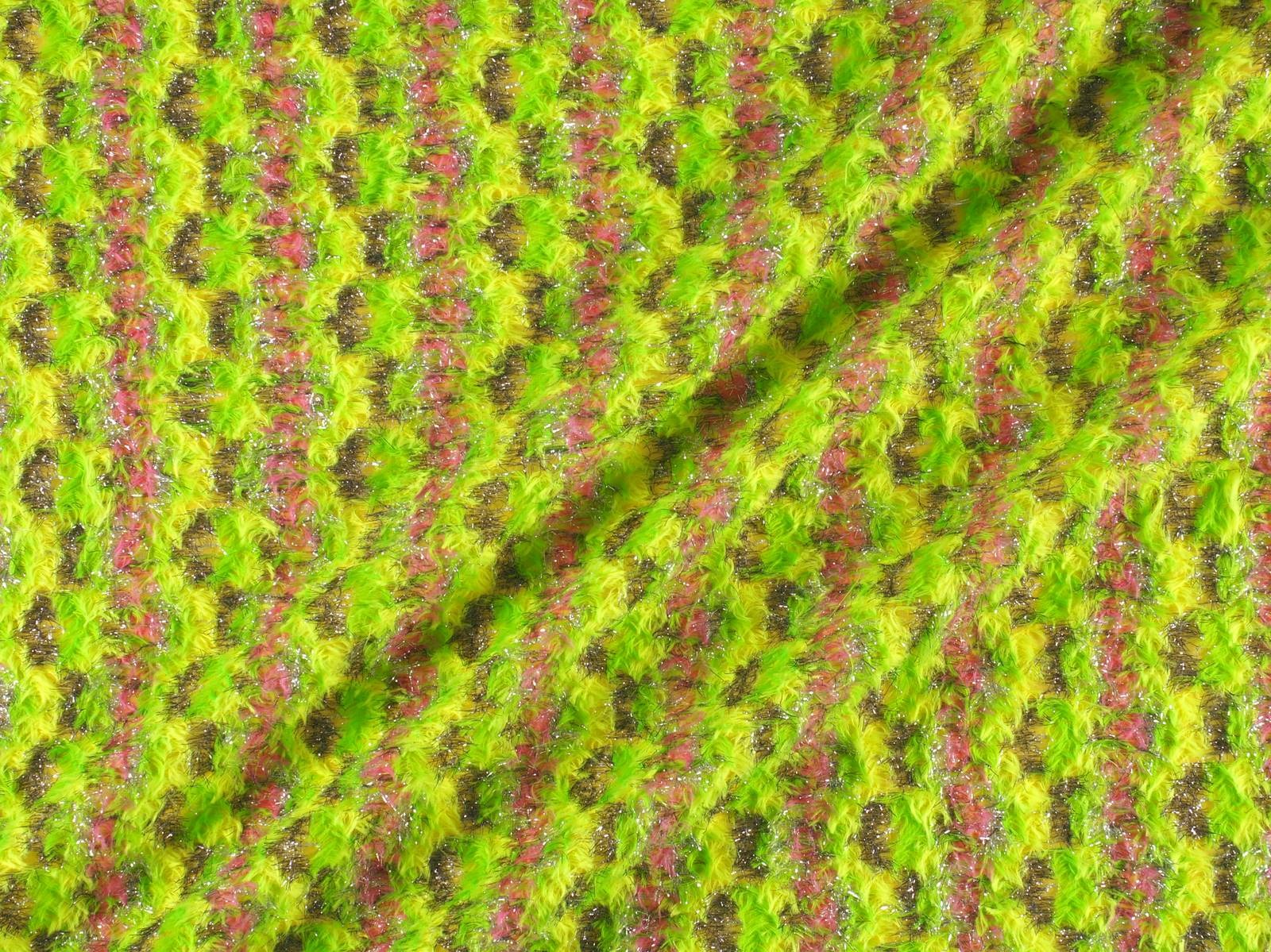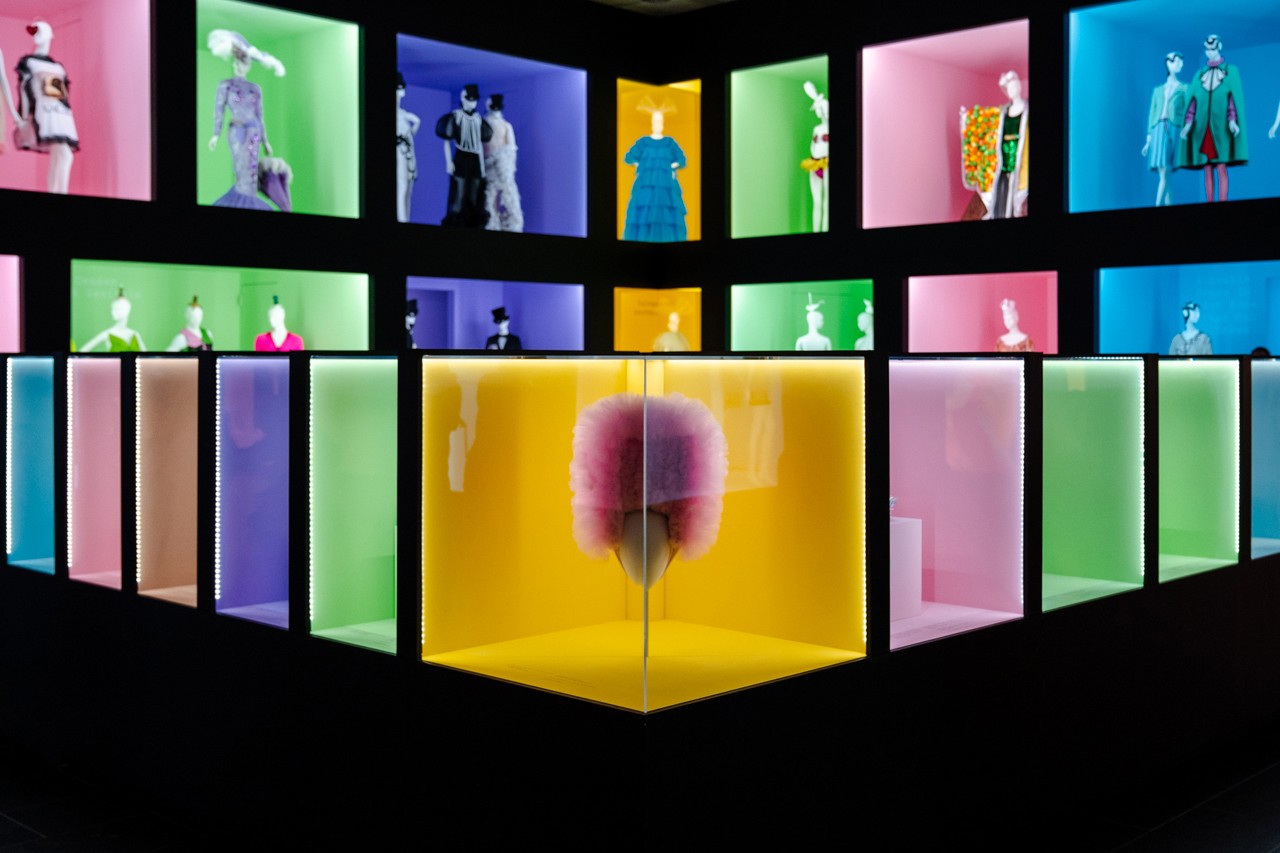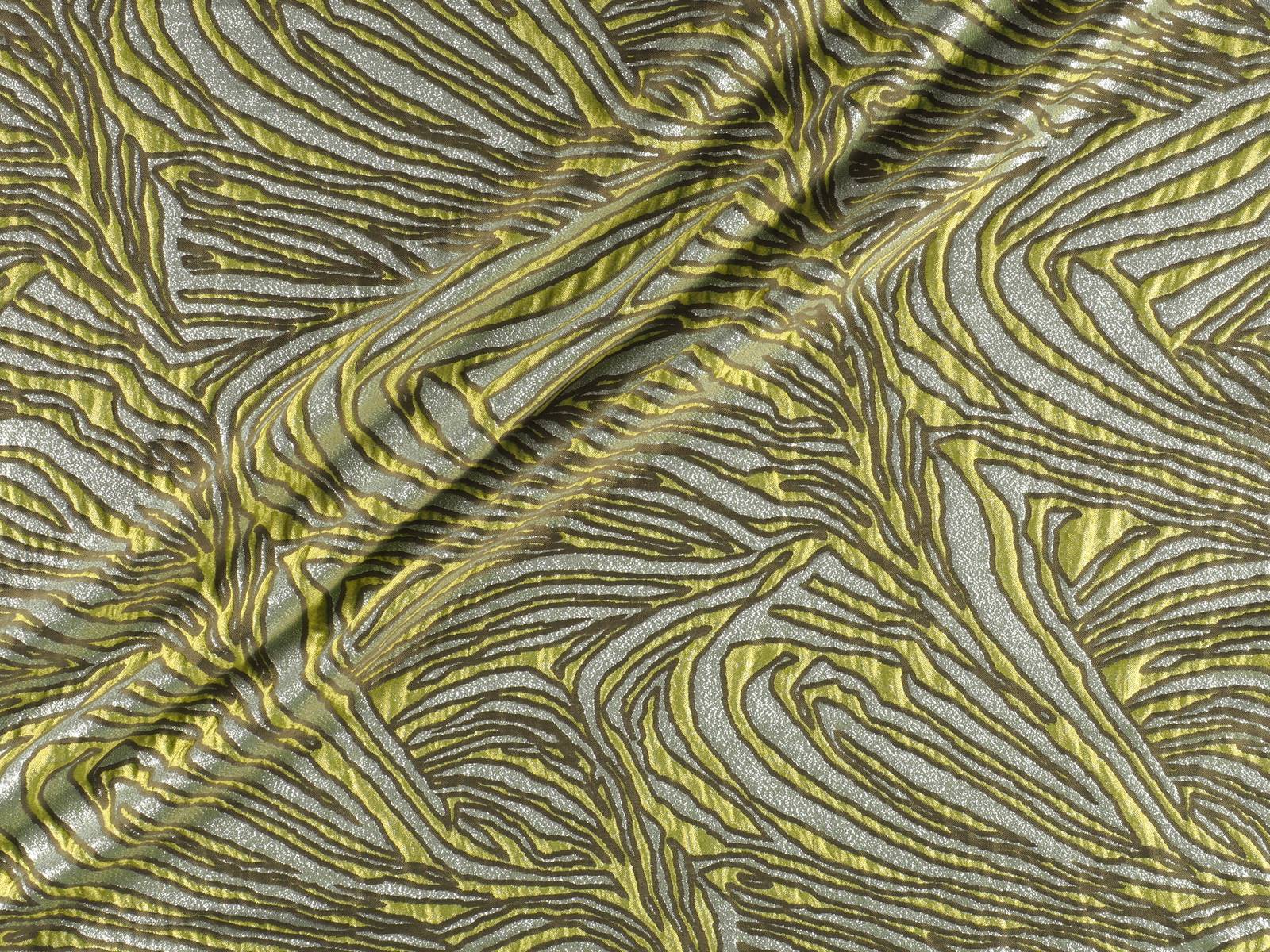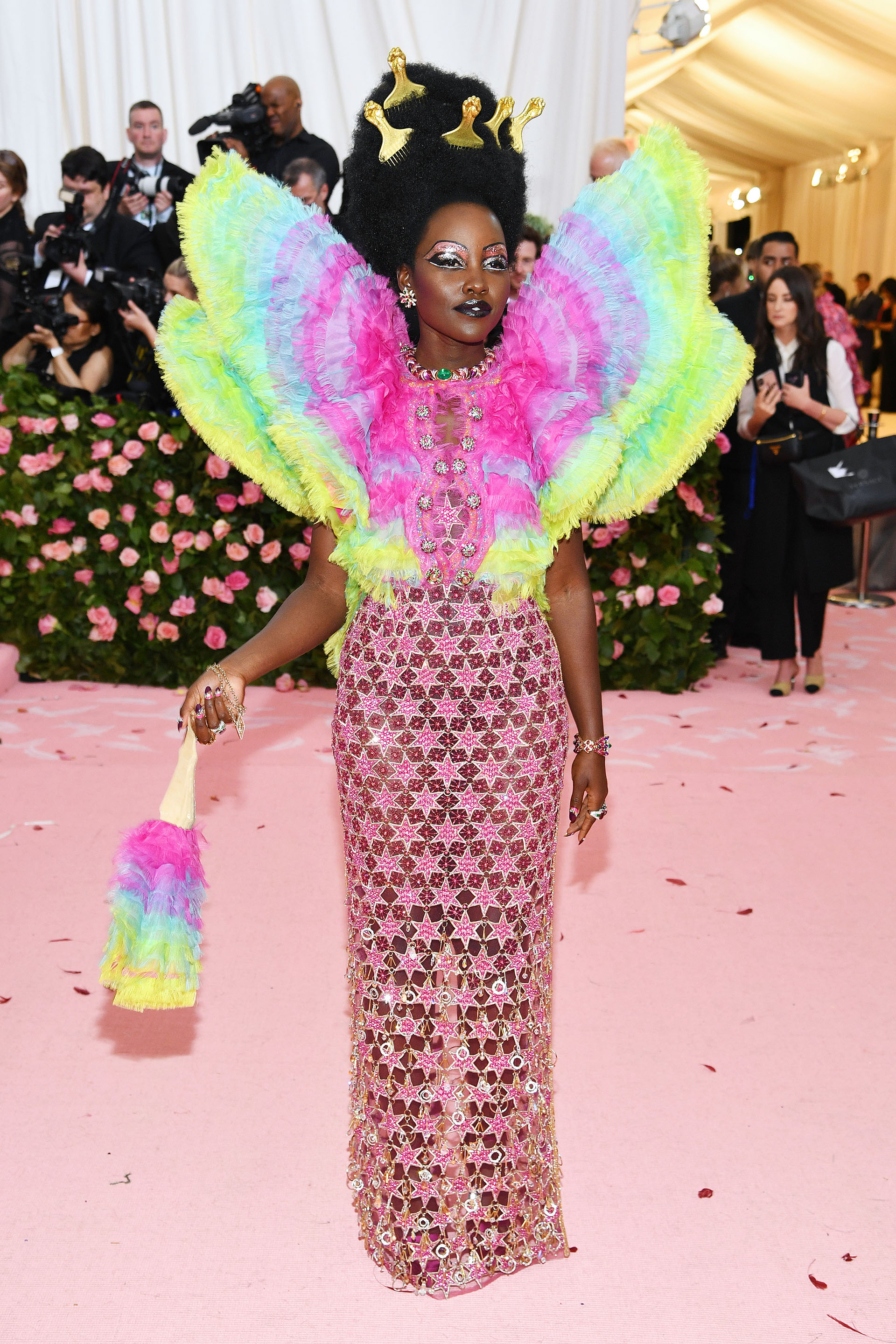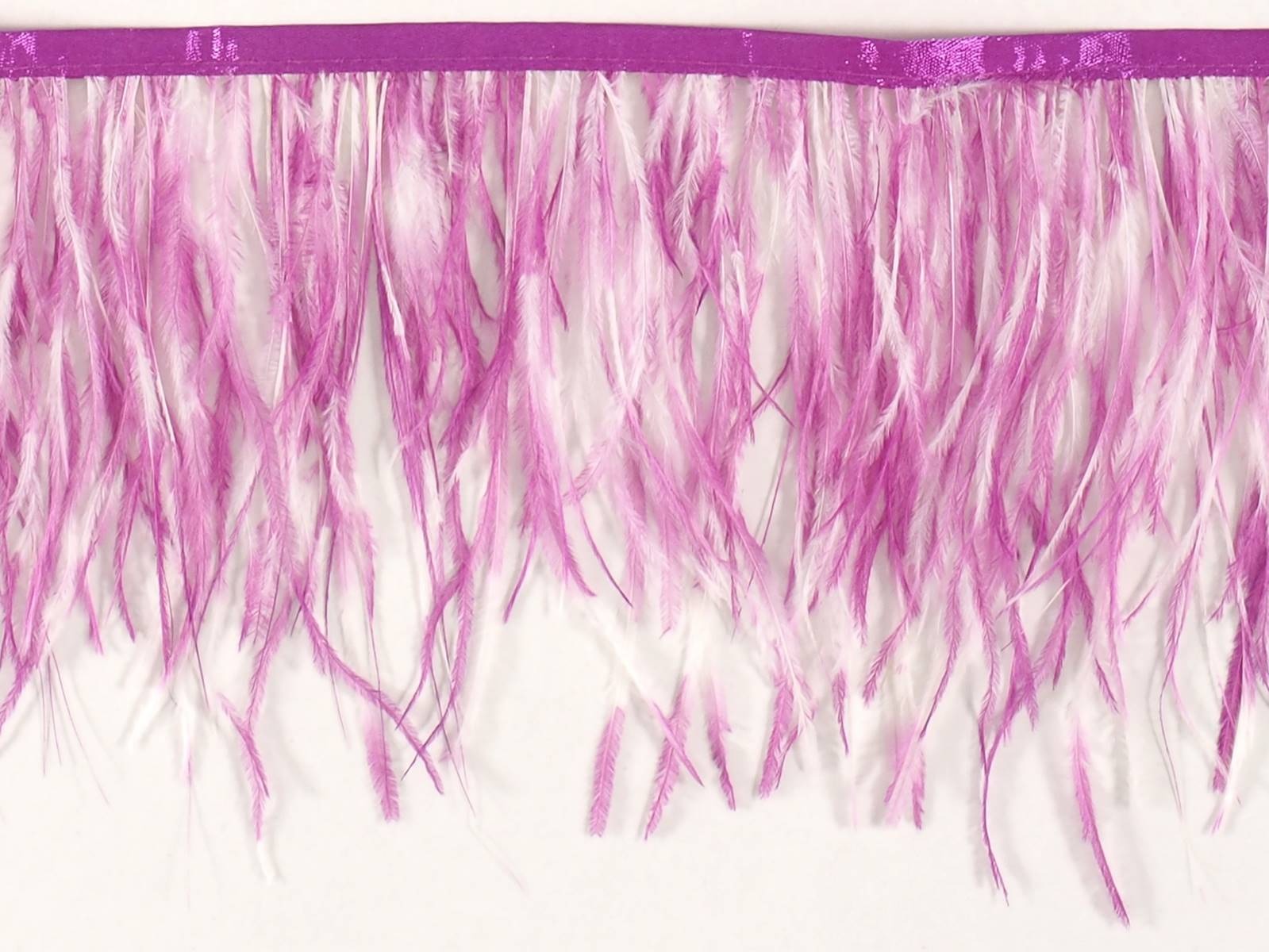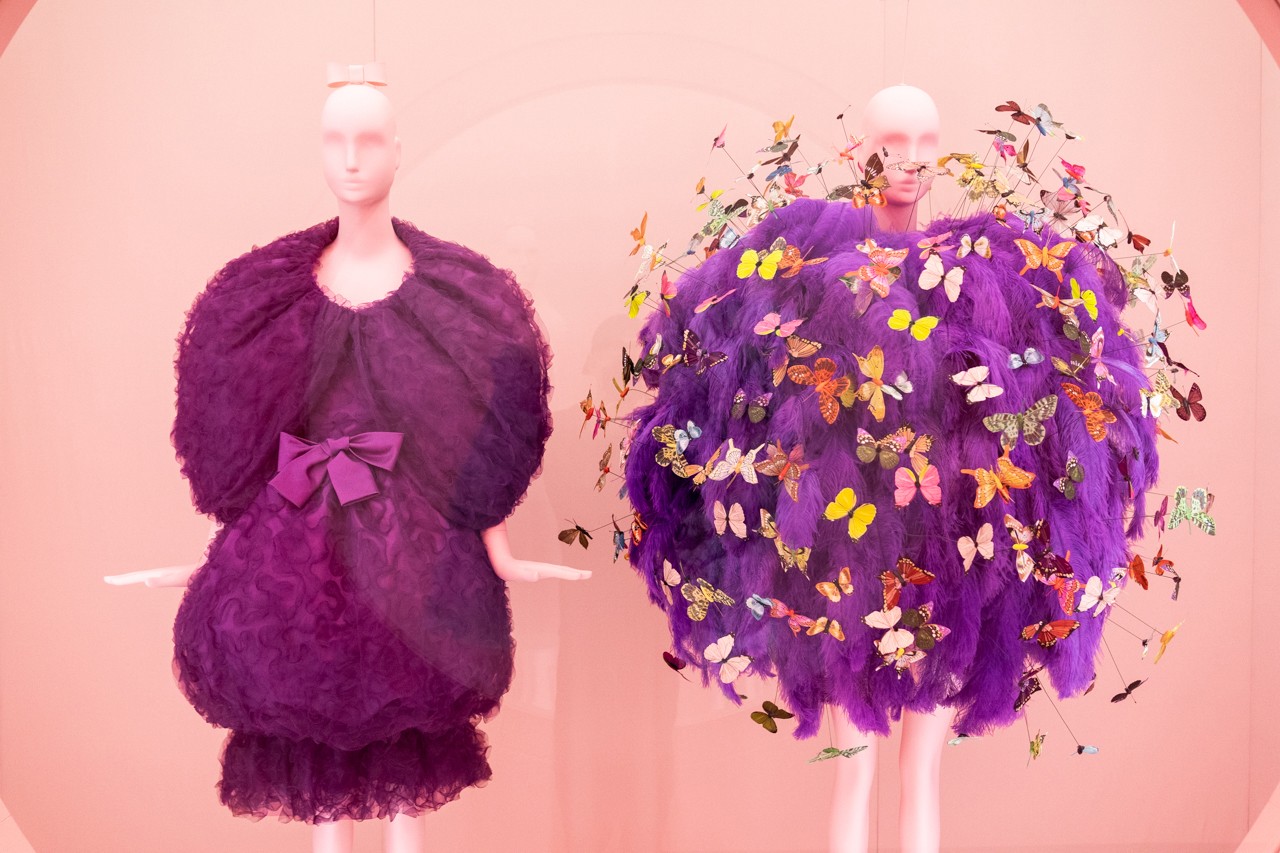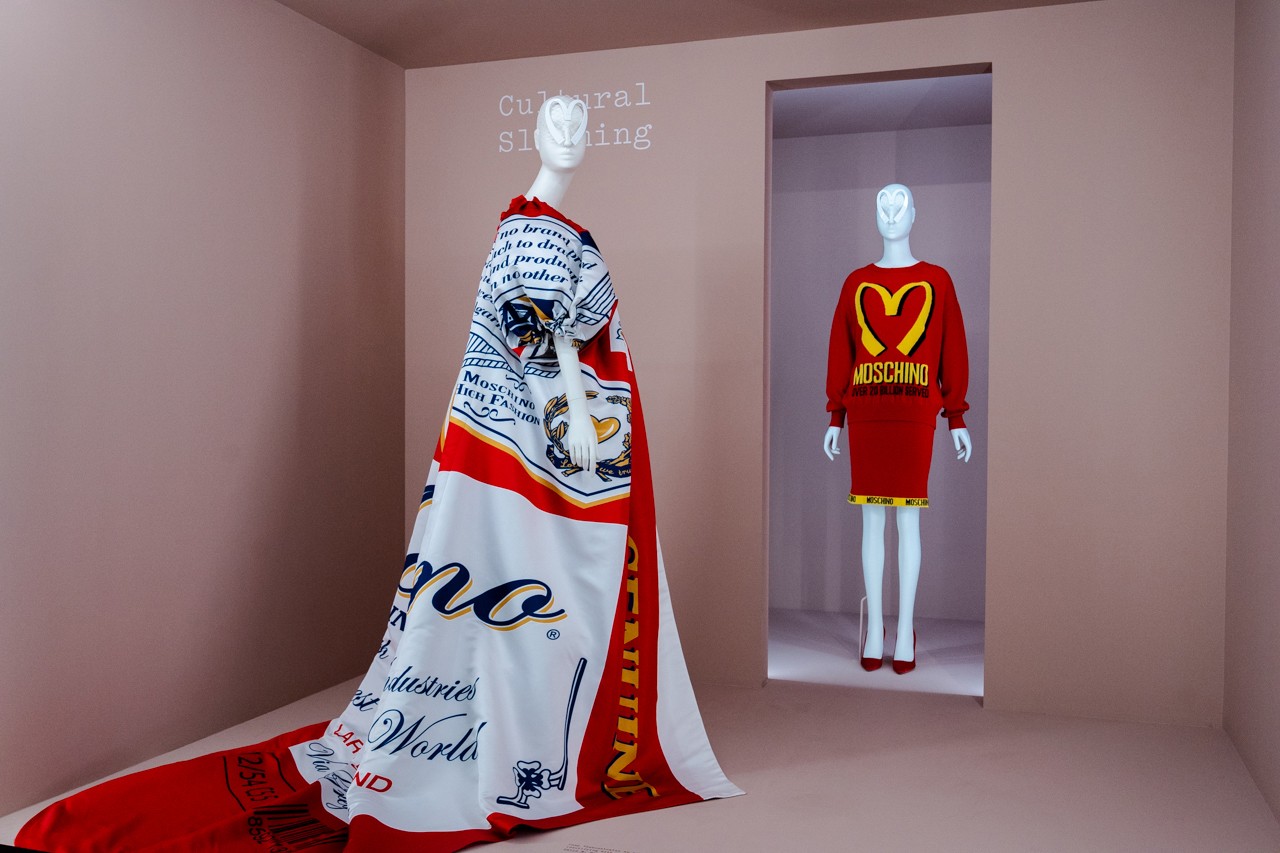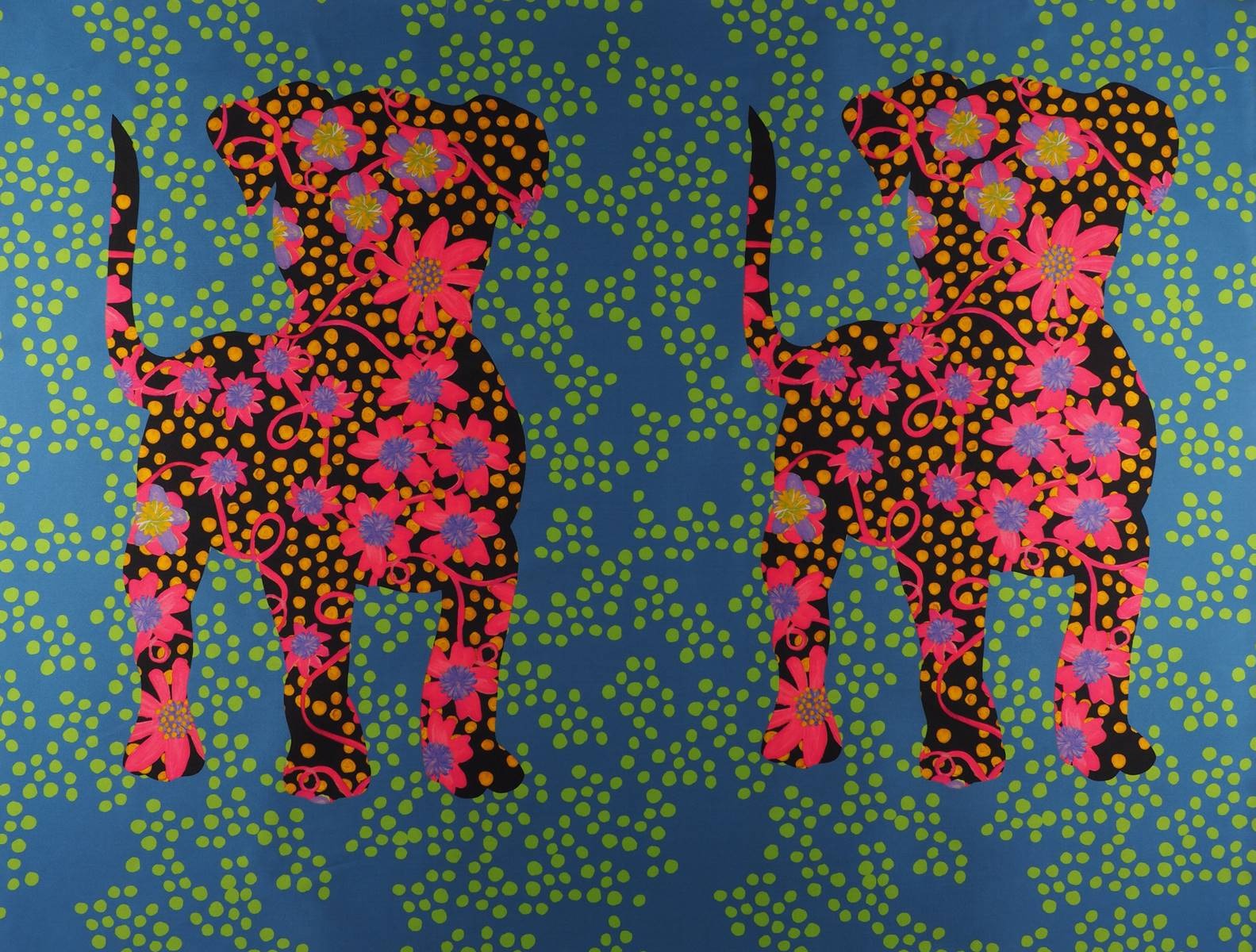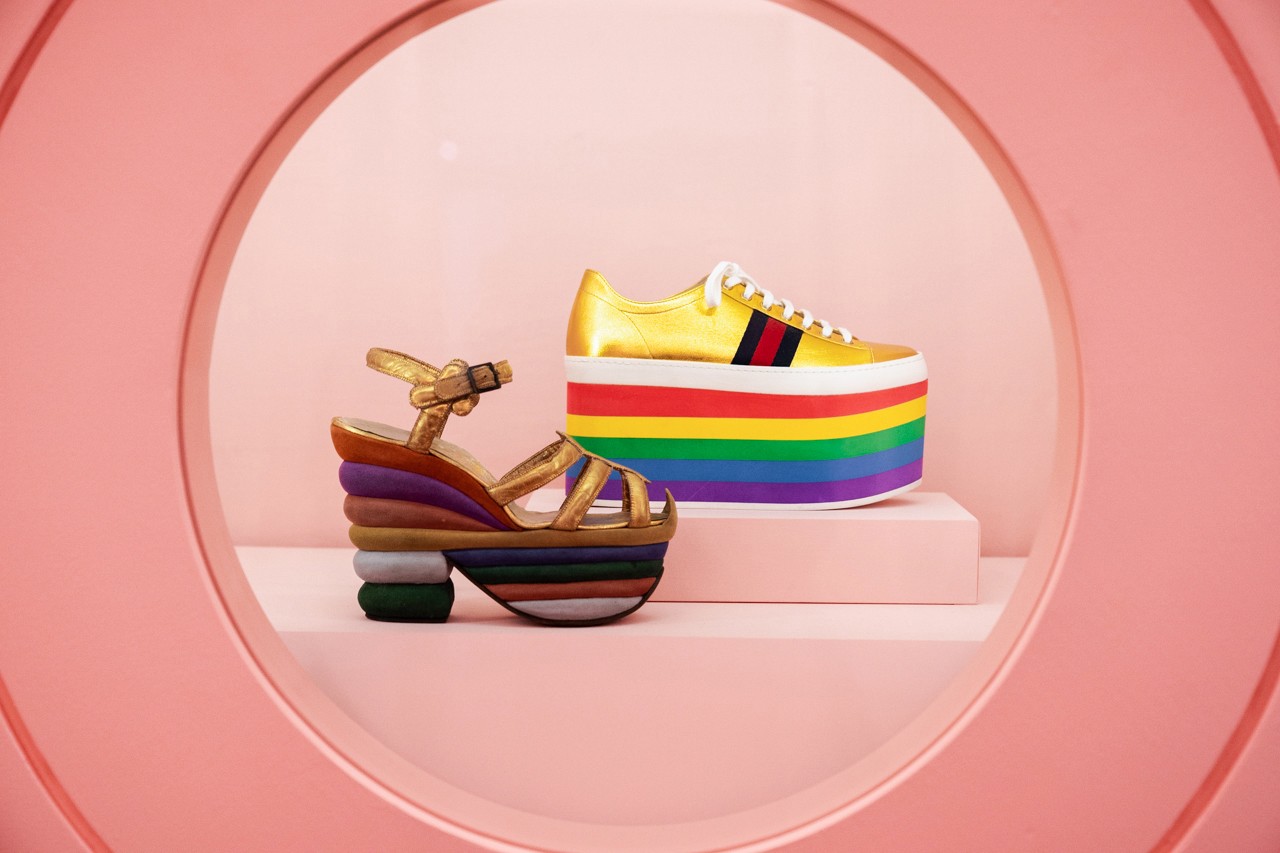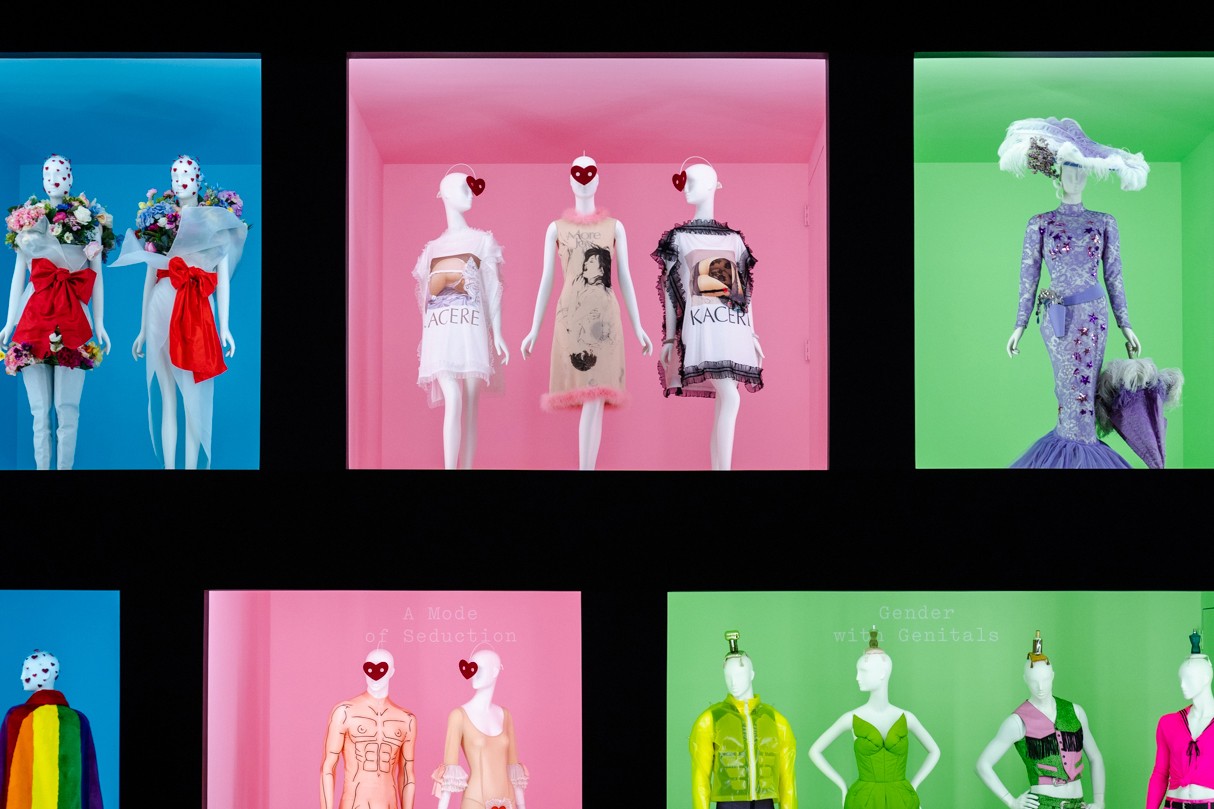
Think of some exaggerated, think of something extravagant, think of something theatrical. You got it? If so, you are thinking about the “Camp“ aesthetic, the neologism that is currently fashionable and that marks a trend toward maximalism.
What is the Camp? It is not an easy concept to approach at a theoretical level, perhaps aesthetically it is understood much better. Nor is it a new term, but a succession of ideas that draw it. Its conception comes from an essay by the writer Susan Sontag of 1964 entitled ‘Notes on Camp’ , a publication that deals with this artistic expression that reveals itself as a complex aesthetic that embraces multiple disciplines . The camp is defined as an ironic, humorous, artificial, theatrical, exaggerated movement … which is positioned between the highest art and popular culture. Between the divine and the earthly. The beautiful and the ugly that is exuberant but stylized. Sontag’s writings argue that camp is “love for the unnatural: artifice and exaggeration. Style at the expense of content. “
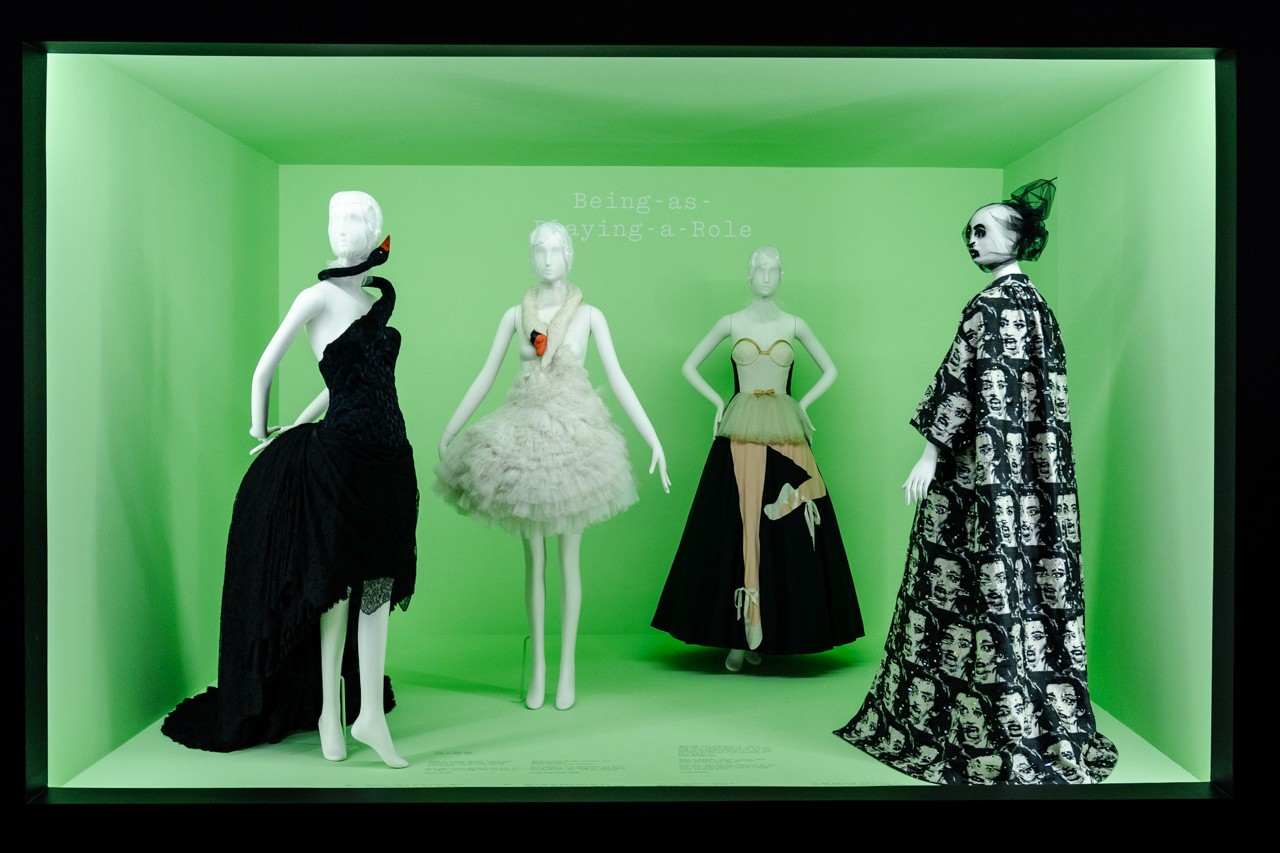
“Camp goes beyond kitsch: suggests combining art and pop culture”
For example, Sontag found this aesthetic phenomenon, for example, in the films of Busby Berkeley and actor Victor Mature, in the Maw West and General de Gaulle films, in Swan Lake, in the Flash Gordon comics, in the tenebrist paintings of Caravaggio, in the chinoiserie style and in the entire Art Nouveau movement. The writer and essayist breaks down in 58 points all the possible acceptances of the term with clear allusions to the cinema, literature, painting or architecture. Regarding the field of fashion, Sontag also notes explicit references: “Camp is a woman walking with a dress made with three million feathers.”
Precisely this week opens in The Metropolitan Museum of Art the exhibition that shapes this whole phenomenon through more than 250 objects that date from the 17th century to the present. An exhibition that explores the origins of this exuberant aesthetics and has a sponsorship luxury that is leading precisely one of the firms most aligned with this movement: Gucci creative director Alessandro Michele represents n now a new inspiration from Camp in the XXI century.
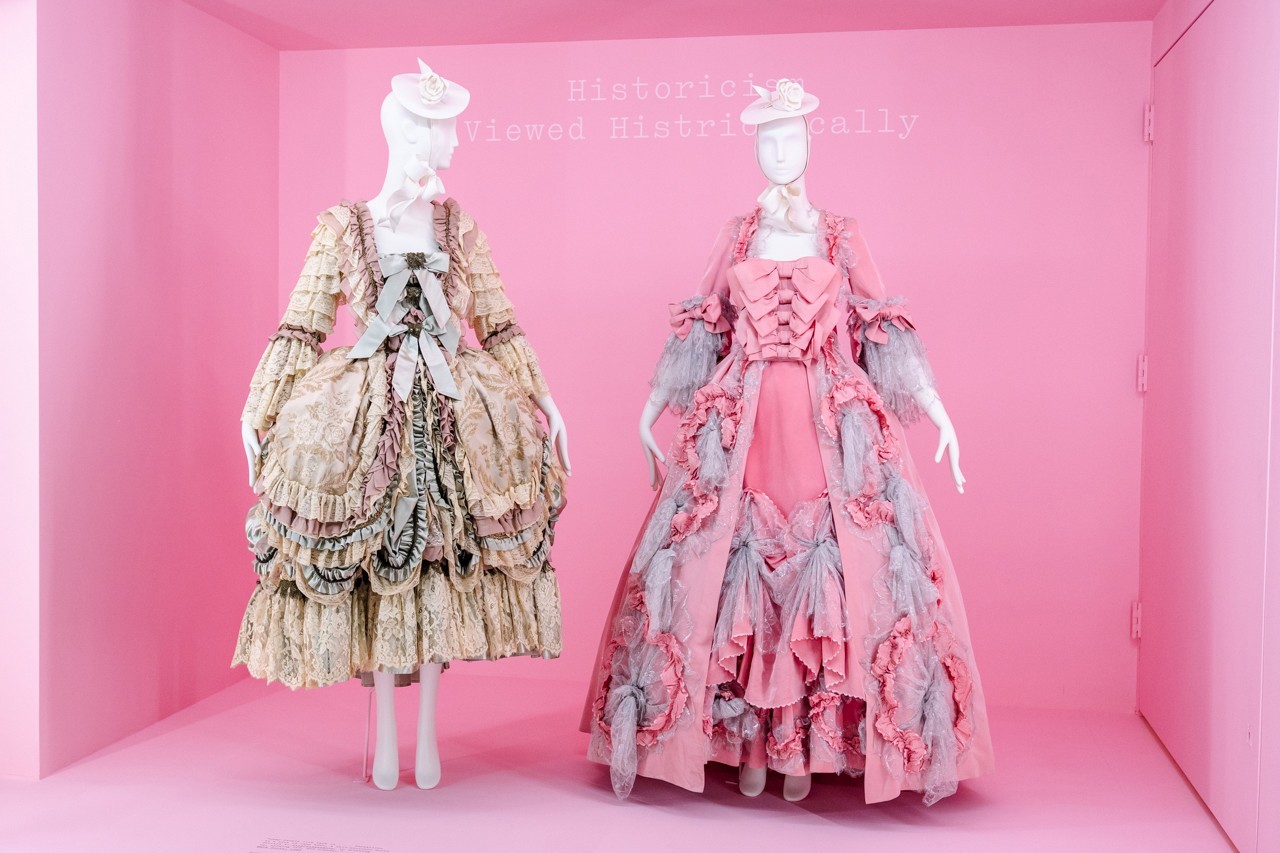
Where does the Camp come from?
Susan Sontag It situates its origins in the seventeenth century in the French court under the reign of Louis XIV. The same Sun King built Versailles, a powerful fortress and a dazzling showcase for the nobility to be gathered for enjoyment and enjoyment of the monarch. They went to the ostentatious rooms of Versailles where a protocol and demands for clothing for the king and his court were elaborated, which forced to squander large sums of money to keep up appearances. Literally.
At the death of Louis XIV flourished the Rococo style in fashion, characterized by excess, volumes, architectural and mammoth silhouettes that served mainly for the ornament, accompanied by accessories, ties, embroidery, wigs … that enhanced this artificiality. The opulence reached its peak around 1770. After some anecdotal incursions in the 19th century, the word gained popularity at the beginning of the 20th century among homosexuals of the time, where they found in the Camp all a language full of meanings. An accessory in particular, a fabric in a shoe, a tight-fitting clothing, a certain color. Later, Andy Warhol was also inspired by the term to make it his own within pop culture. Designers like Elsa Schiaparelli , Jean- Paul Gaultier, John Galliano, Marc Jacobs, Erdem, Cristobal Balenciaga and Thom Browne enter the Camp, as well as the new generation as Molly Goddard , Richard Quinn, Matty Bovan or Palomo Spain, to name a few. In the exhibition “Camp: Notes on Fashion “is also cited other emblematic and legendary designers such as Paul Poiret, Marc Jacobs and Karl Lagerfeld through various dresses and looks that make up the exhibition.
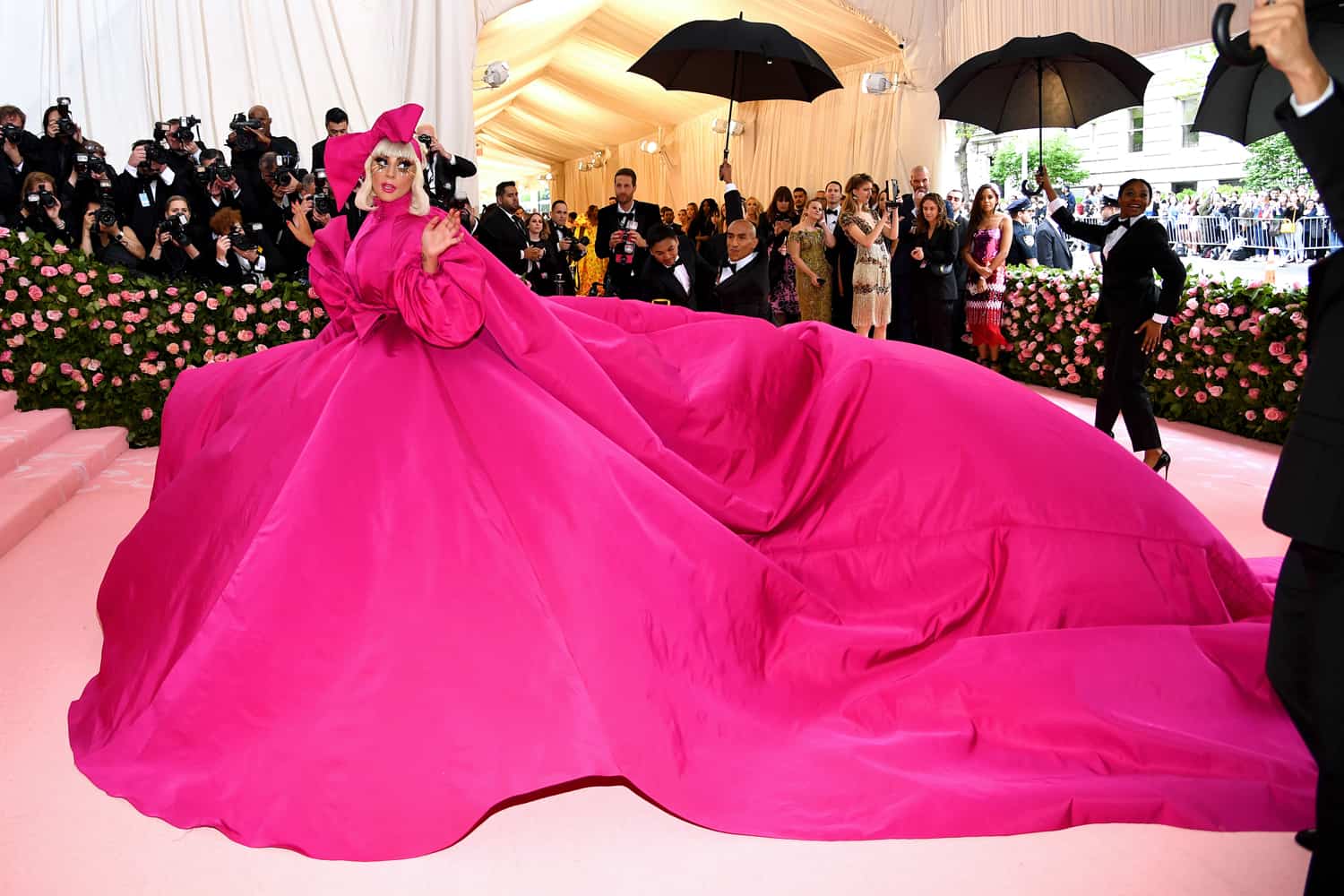
Lo Camp at the MET Gala
As an aperitif to the exhibition, the Metropolitan Museum of Art in New York received the most stylish celebrities and philanthropists on the planet in the traditional festival Anna Wintour organizes each year: the MET Gala that is celebrated every first Monday of May in this emblematic New York location. A solidary party that is equated with the Oscars at the media level. Thus, with a cloud of flashes on the pink carpet and the hashtag # MetCamp on social networks, the invited media exhibited their extravagant outfits inspired, as it could not be otherwise, in the theme of the exhibition, Camp: Notes on Fashion. In fact, it was the British Andrew Bolton, chief curator of the Institute of Clothing, responsible for choosing the theme.
In addition to the famous editor of the ubiquitous Vogue USA, the party counted as hosts with Alessandro Michele leading Gucci, pop queen Lady Gaga, singer Harry Styles and tennis player Serena Williams.
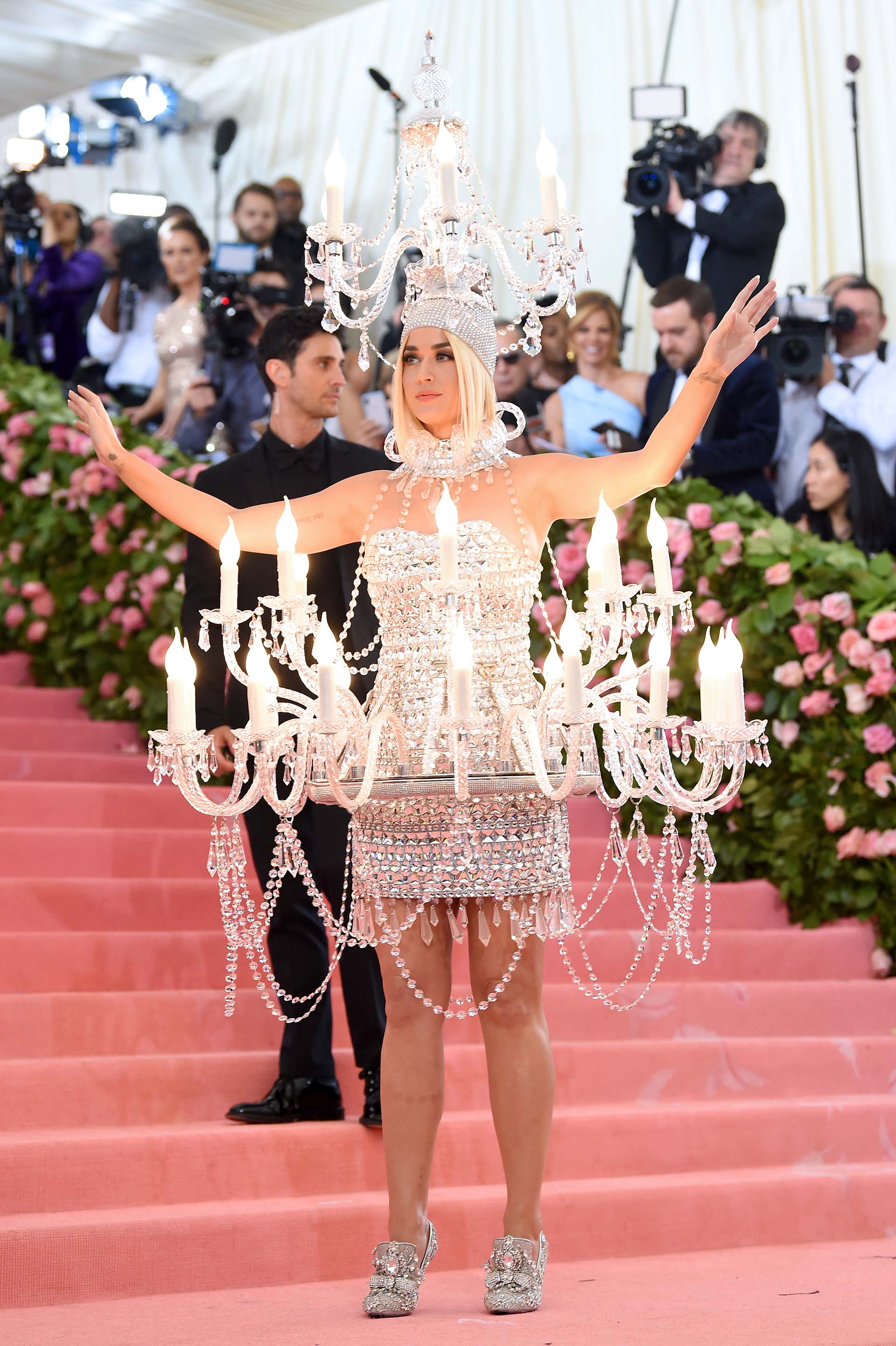
Between this popular parade of vanities there were successes and mistakes, the theme is not easy precisely. Many were the looks that surprised us and we will cite some that inspired us as, for example, the performance that Lady Gaga did with her stunning fuchsia dress by Brandon Maxwell that was removed little by little, with two other changes to stay at the end with a lingerie set, some fishnet stockings and platform boots. Or the light that Katy Perry brought dressed in a candelabra, a work by Moschino. De Gucci were many celebrities, although Jared Leto stood out, posing with a replica of his head as the models of the Italian firm did in their fall-winter 2018 fashion show. The Cara Delevinge top appeared with an amazing Dior multicolored couture inspired by bow -iris. The actor Billy Porter, known for the Pose series, gave the audience a golden moment by presenting himself as an authentic Egyptian deity. The actress and singer Zendaya became a modern Cinderella by grace of Tommy Hilfiger or the always risky Janelle Monae was visited as a work of art thanks to the designer Christian Siriano.
Many were the proposals in one of the most unforgettable nights of the year where creativity was given free rein. Indeed, feathers were not missing either. From Gratacós we have also been inspired by the fabrics that suggest this Camp aesthetic under the motto: L or artificial as a trend.
